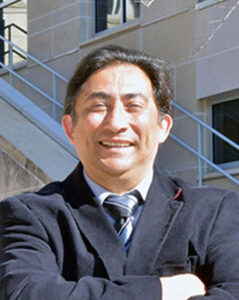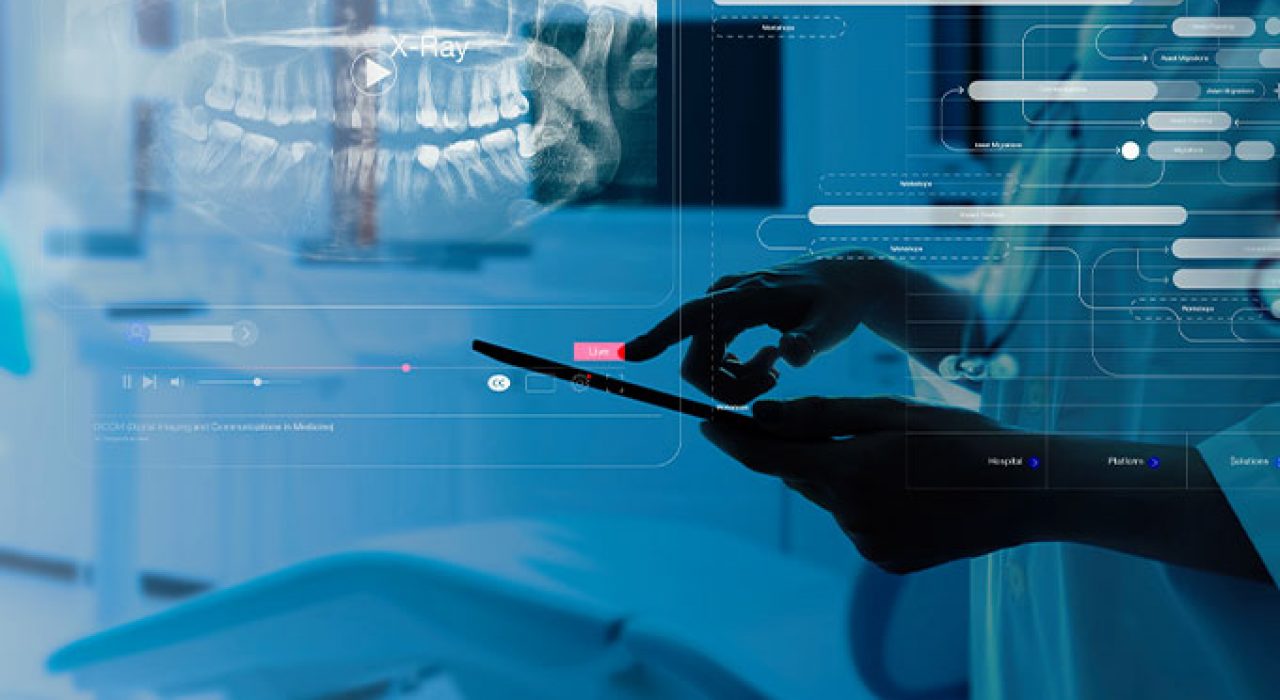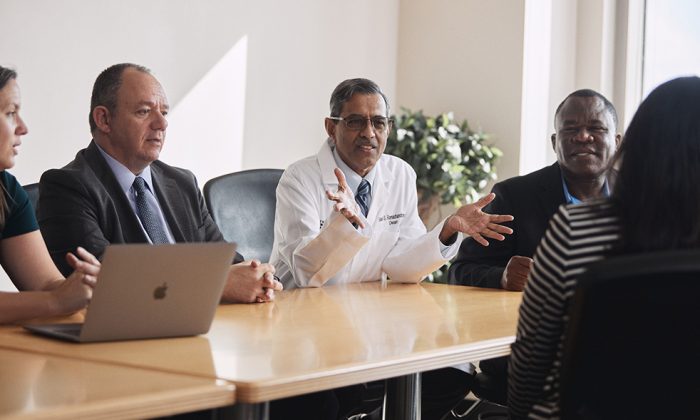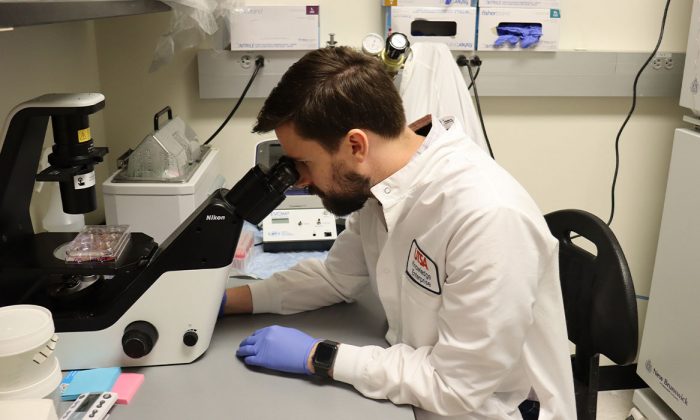Every patient is different and even small improvements in dental materials can have a big impact on his or her care. But selecting the best products to ensure long-term, reliable results can involve time-intensive trial and error.
A collaboration between The University of Texas at San Antonio (UTSA) and The University of Texas Health Science Center at San Antonio is testing whether artificial intelligence (AI) can change that.
Their findings, published earlier this year in the Journal of Dental Research, represent a system-wide innovation for both dental science and cross-institutional teamwork.
The research team hopes to lay the groundwork for faster, more precise development of dental materials by evaluating which machine learning models best predict how dental composites will perform. Composites are chemical formulations used in dental procedures such as cavity filling or sealants.
“This kind of work doesn’t happen in silos. It takes engineering, dental expertise and data science working together.” — Yu Shin Kim
Cross-comparable data and AI
One challenge the team addressed is the limited availability of standardized data across the various dental composite formulations.

“Even though there are thousands of papers on dental composites, the vast majority focus on new or proprietary materials tested under specific lab conditions,” said Kyumin Whang, BS, MS, PhD, Barry K. Norling Endowed Professor in Comprehensive Dentistry in the School of Dentistry at UT Health San Antonio. “Very few studies provide the kind of cross-comparable data that machine learning models need.”
For the study, UT Health San Antonio scientists, including Whang and Yu Shin Kim, PhD, associate professor in the UT Health San Antonio School of Dentistry, partnered with UTSA scientists, including Mario Flores, PhD, professor in the departments of Electrical and Computer Engineering and Biomedical Engineering.
“We wanted to not only identify the most effective materials but also understand which formulations achieve the desired outcomes,” Whang said.
Together, the group compiled a dataset of 240 commercially available dental composites from across the scientific literature.
AI model predictions for real-world impact
With the data in place, the team trained machine learning models to predict which composite properties, such as strength, viscosity or shrinkage, are most important for clinical success. The models aimed to forecast how well a material would resist fracture, flow correctly and last in a patient’s mouth under real-world conditions.
“We took a careful, statistically grounded approach,” Flores said. “If you understand the correlations between properties, you can build a model that learns from patterns.”
Although the smaller size of the dataset limited the predictive power of the models, the study showed that AI can indeed become a useful tool if provided additional standardized data.
The team envisions developing an open-access platform where researchers and companies can input formulation data and receive predictive insights. With enough data, an AI model could significantly accelerate the development of customized composite materials.
“Once we make these models more accurate, we will be able to dial in the desired properties and the AI model would recommend a formulation match,” Whang said. “This will narrow the field from thousands of possible combinations to a targeted few, dramatically reducing the time from concept to clinical use.”
How collaboration makes a difference
As artificial intelligence becomes increasingly relevant to biomedical research, cross-disciplinary collaboration will be even more crucial.
While UT Health San Antonio and UTSA have a long history of team research, the upcoming fall merger of the two world-class institutions will make such collaborations seamless and even more impactful.
“This kind of work doesn’t happen in silos,” Kim said. “It takes engineering, dental expertise and data science working together. That is the kind of collaborative environment we’re building.”



